Choose your subject carefully The most important thing in achieving a black background in your underwater photographs is to have as much open water in the background of your subject as possible. A subject that is positioned on top of a rock or piece of coral with a good amount of open water behind it is ideal, but it’s often difficult to find a subject perfectly positioned in this way. If your subject isn’t positioned quite as you’d like, you can also try shooting upwards. Getting below the subject (if possible) and shooting up into the blue will also yield good results. All subjects had clear water behind them. Strobe position If you happen to have a background behind your subject (which is often the case), your strobe positioning can be used to help darken the background. Moving your strobes to the side of your housing and pointing them slightly inwards towards your camera housing and port will help achieve this. The strobe positions of 10 and 2 O’clock work well, just make sure that your strobe light isn’t hitting your port too directly, as this will cause reflections on your lens and in turn destroy your image. If you happen to be shooting with only one strobe, then try positioning it above the camera, but angle it in towards your camera’s housing. You’ll be surprised as to what you can achieve with a bit of trial and error and slight adjustment to your strobe position Camera settings Regardless of the type of camera you are using; compact, micro four-thirds or full frame DSLR, you’ll want to make sure you’re using a fast shutter speed. The best speed is usually around 1/200th - 1/250th, which is around the sync speed of most strobes. Using a low ISO and closing down your aperture will also help. This, combined with a fast shutter speed will block out any ambient light - especially helpful if you’re on your first dive of the day and you are shooting alongside bright ambient light. The time of day Most cameras will struggle to produce black backgrounds in very bright conditions, so shooting black backgrounds on early morning dives when ambient light is at its brightest can be challenging. We find it far easier to achieve a black background when shooting; on deep dives, in the late afternoon or on a cloudy day. At night is even better for obvious reasons! We always choose to shoot wide angle on our first dive for the day when the light is at its best, and move to close focus, macro and super-macro shots for afternoon and night dives. Respect your subject We don’t need to tell you that throwing a Spanish Dancer into the water column is not on. So if your subject is not positioned perfectly and you can’t achieve a black background by using your strobes and camera settings then just be content to move on and photograph something else. Touching, harassing or moving an animal for the perfect photograph has no place in underwater photography. Often very difficult to photograph, we were lucky to find these Pygmy Seahorses in a good photographic position. And finally
Remember, not every shot needs to have a black background, and although they are visually striking, the technique can often be over used. Photographs that are more realistic and display what you actually saw with your naked eye are also very nice. So if the black background is not working for you, just open up your aperture, slow down your shutter speed, and try a blue or green background instead.
0 Comments
Leave a Reply. |
AuthorAnita Verde Archives
February 2021
Categories
All
|

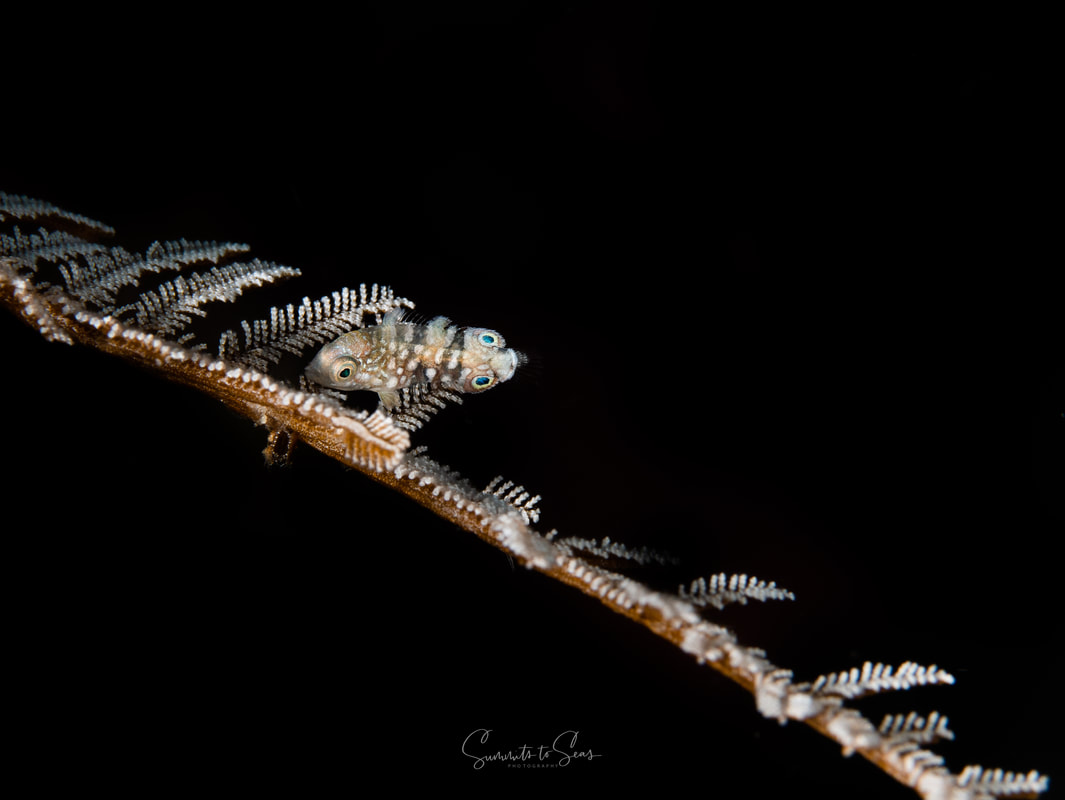
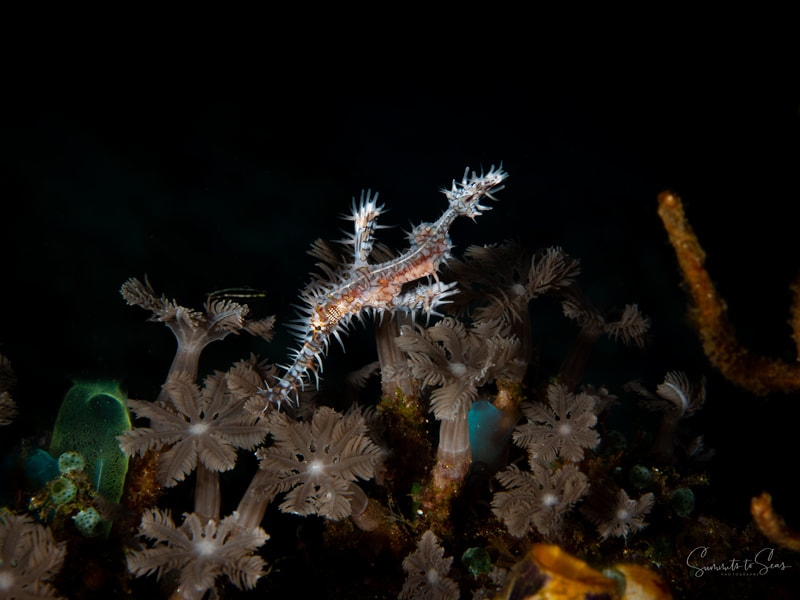
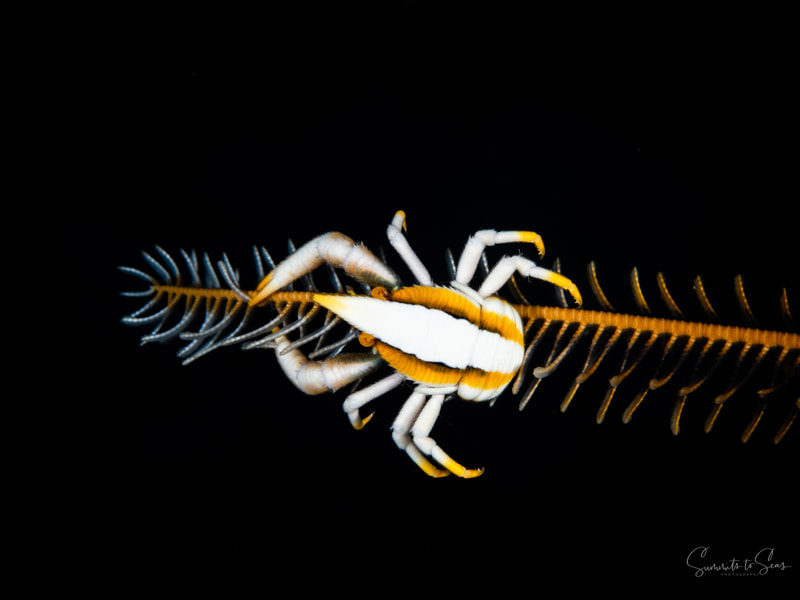
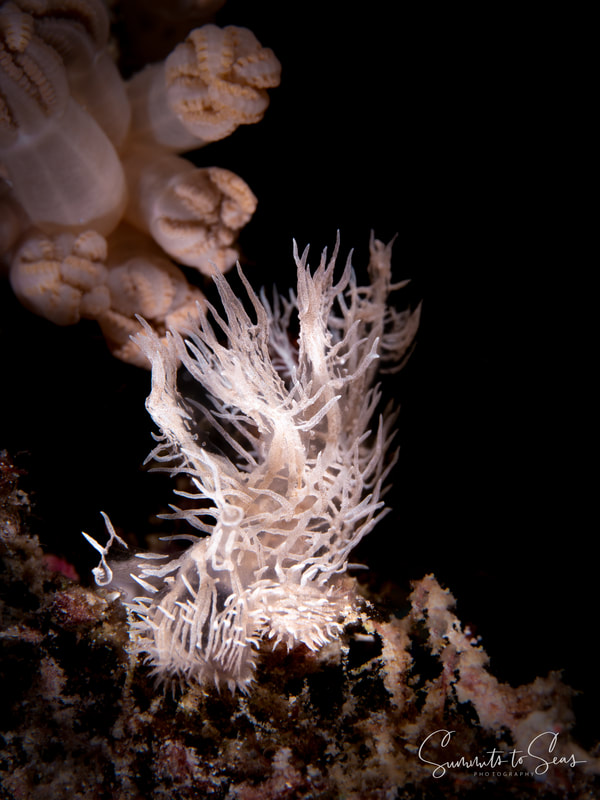
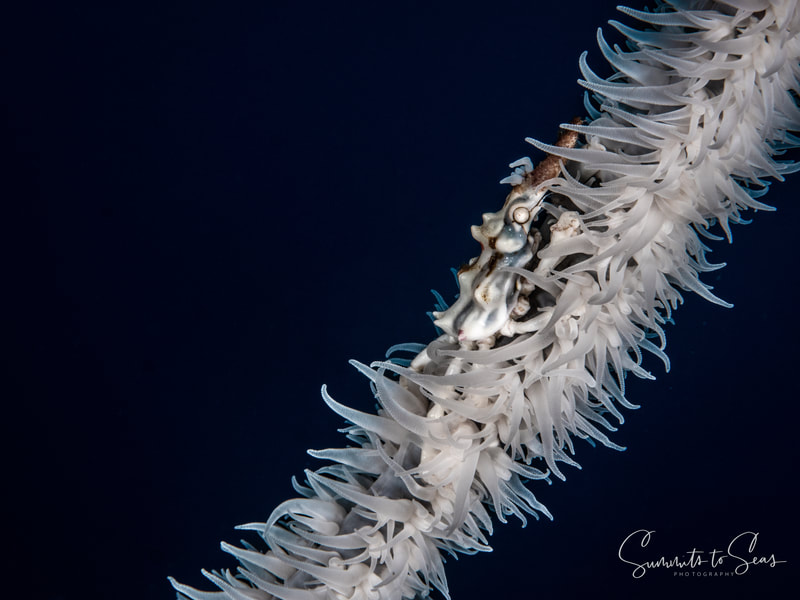
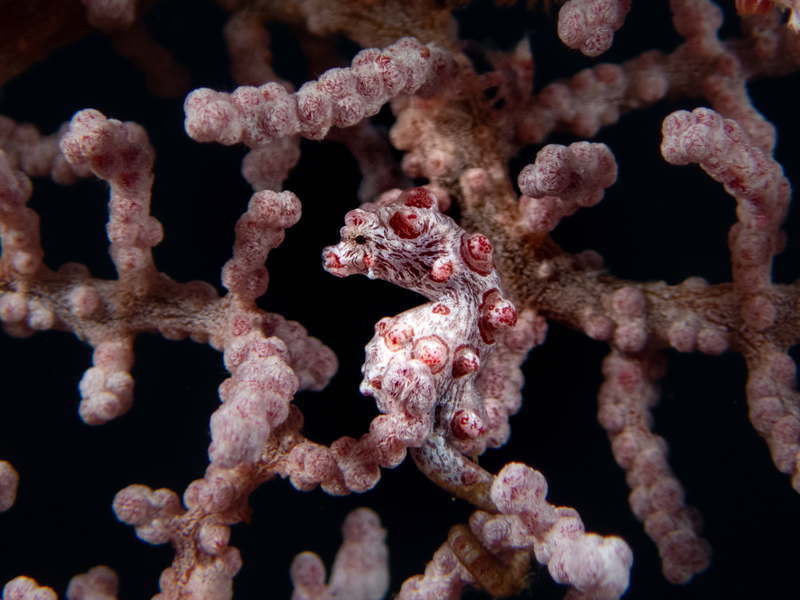
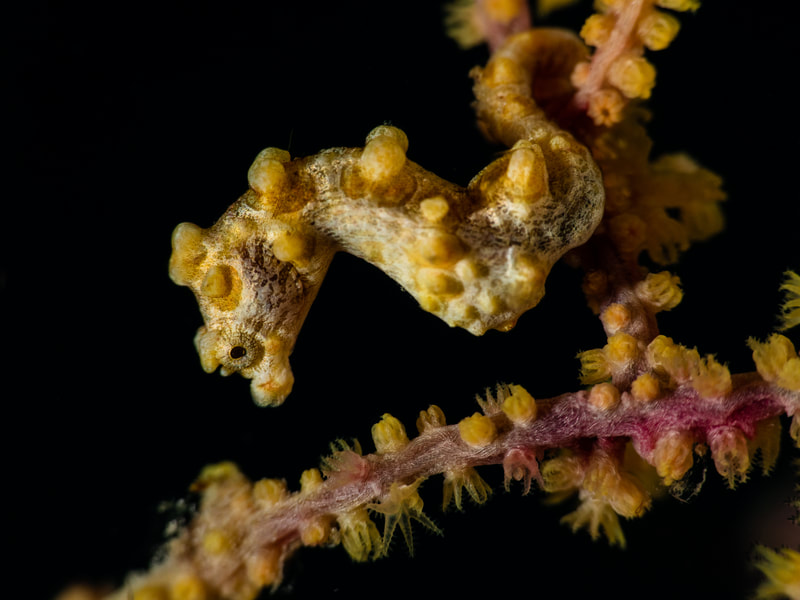
 RSS Feed
RSS Feed